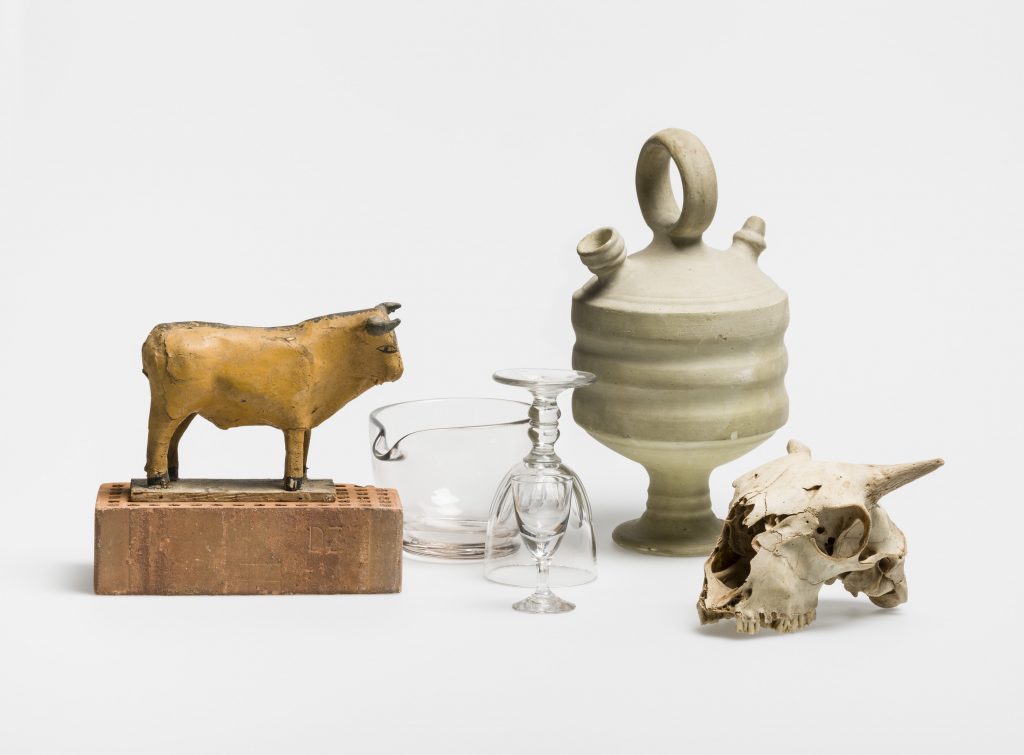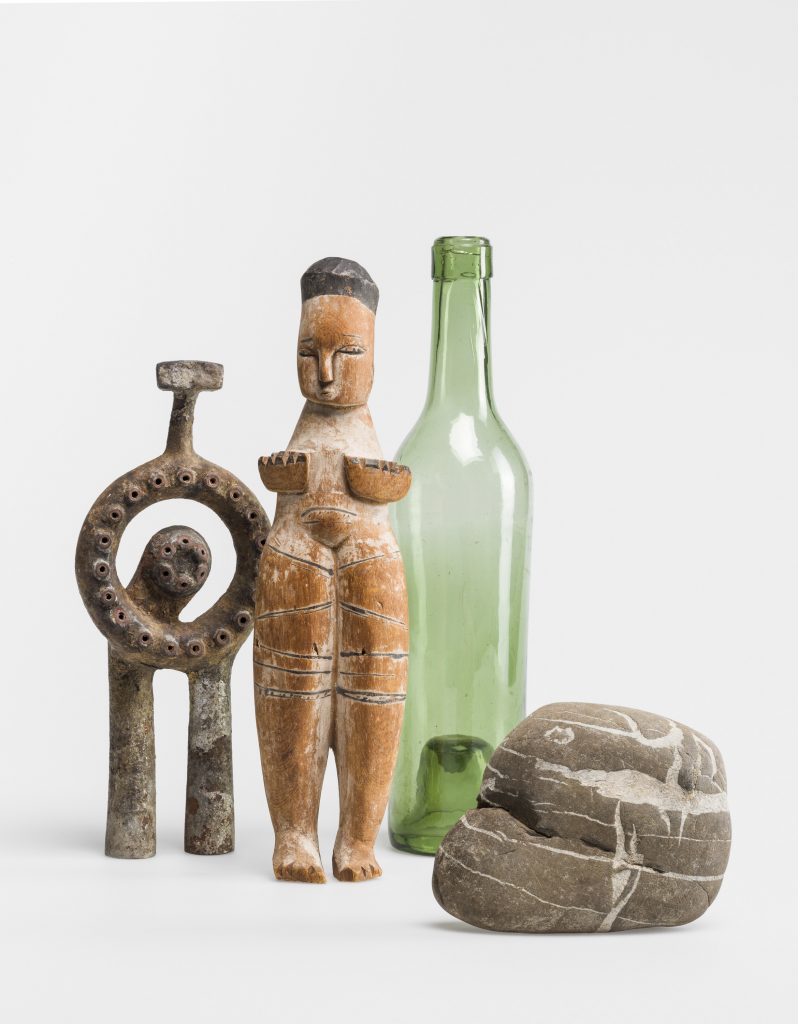A House of Art, of Man, of Pleasure
The last work of the architect Le Corbusier (1887 – 1965) has reopened to the public in Zurich

An enthusiastic young interior designer, Heidi Weber, meets the world-famous architect, who called himself Le Corbusier (born Charles-Edouard Jeanneret); it must have been an exciting encounter for the 31-year-old single mother and business woman, when she encountered her idol for the first time in August 1958. For sixty years she served as an ambassador of his art. She built a museum in Zurich/Switzerland – now the Pavilion Le Corbusier – and almost went bankrupt. In the end she lost this total piece of art, Le Corbusier’s last project, to the city. It’s now has been renovated and was reopened in May. Here’s how it all began.
Heidi Weber was running a small interior design studio in Zurich when she came across paintings by Le Corbusier at the art museum Kunsthaus Zurich. Her neighbour, a graphic designer, owned a collage by the master, which she admired. Not being able to acquire such a piece of art in cash, she offered to swap it for her Fiat Topolino – even though she had a little son and the car was much more valuable! Still, happy with the exchange, Weber sought to meet the artist in Nice/France a year later. The then 71-year-old widower was curious to get to know this woman, who was not interested in his famous architectural work but in his paintings, sculptures and wall tapestries. Eventually, after having been invited to Le Corbusier’s Paris studio, Weber realised the potential of the furniture drawings he had shelved in 1929, and began manufacturing them close to her shop in Zurich.

Iconic Furniture Brought to Life
The four – now iconic – armchair and chaise longue models were soon in such high demand, that by 1964 Weber needed a partner to extend to industrial serial production. She partnered with the Italian family-run company, Cassina, which specialised in wooden interiors for ships and hotels, and received a sublicense, which is still held today. Meanwhile, Heidi Weber organised exhibitions of Le Corbusier’s artistic work while he toured to create modern architectural projects: planning the capital of the Indian state Punjab, designing public housing in Marseille, churches in France, museums in Japan.
Weber also developed ideas for a Le Corbusier museum in Zurich. She found the perfect spot in a park in the prestigious Seefeld district at Lake Zurich. When her French-Swiss friend paid her a visit, she took him to the site and discussed her plans. Like Weber, he was not at ease with the Swiss at that time – after some disappointing construction efforts in his home country he had come to regard them as narrow-minded and did not want to build in Switzerland at all. But Weber’s persuasiveness made him change his mind, and back in his workshop he began to draft the plans for what he called ‘Maison d’Homme’ (House of Man). Heidi Weber meanwhile sold all her belongings and moved into a one-and-a-half-room flat with her son in order to finance the project.

Hard Times Saving the Threatened House
In 1967 the Heidi Weber House – Centre Le Corbusier opened its doors. Weber had managed to lease the land from the city for fifty years; not an easy task in a conservative, male-dominated country, where women still did not have the right to vote. The construction was also overshadowed by Le Corbusier’s death in a bathing accident in the Mediterranean Sea in 1965 – at the age of 77 he suffered from a heart attack near his holiday home in the south of France.
This valiant woman challenged the Zurich municipality in many ways. However, she never received any financial support for her Le Corbusier museum, not even on the 100th anniversary of Le Corbusier’s birth in 1987. On several occasions, she resorted to selling pieces from her private collection in order to save the financially-threatened house. Five years ago, it became apparent that the lease of the land would soon expire, and the grounds were eventually returned to the City of Zurich. What at first looked like a friendly agreement between the two parties turned into a lawsuit. Heidi Weber was forced to sell the landmark building to the municipality for 1.06 million Swiss Francs, a fraction of its true value. Weber, then 93 and living in Dubai, did not agree on terms for the city to buy her collection inside the house, and thus removed everything from the premises.

Historic and Inspiring Opening Exhibition
The result is an exhibition, Mon Univers, that runs until 17 November and mainly draws on loans from the Foundation Le Corbusier in Paris. It strives to present the artist’s passion for collecting objects from all over the world. Searching for inspiration, Le Corbusier kept conch shells, ceramics from the Balkans, flotsam and industrial glass. His legendary 1931 installation, Les arts dits primitif dans la maison d’aujourd’hui is recreated on the ground floor. Le Corbusier created it in his studio, placing a cast for the attic calf-bearer alongside a painting by Fernand Léger, a Peruvian ceramic piece, a Benin bronze, a brick, a wicker chair and his own painting in a suggestive ensemble. The pavilion itself has undergone intensive renovation and shines in its bright colours again. Visitors – perhaps oblivious to Weber’s endeavours – can freely wander around the four-story-building, sit in Le Corbusier armchairs and soak in the atmosphere, including the gorgeous view on the park and the lake from the roof terrace.
Pavillon Le Corbusier, Höschgasse 8, Zurich, Switzerland, is open until 17 November and reopens in March 2020. www.pavillon-le-corbusier.ch








